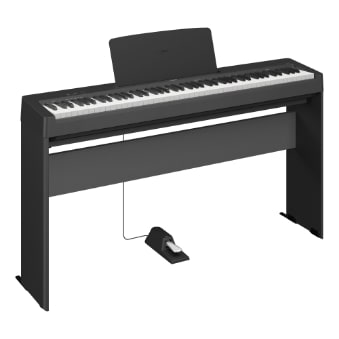How to Choose a Piano for Beginners: A Step-by-Step Guide

How to Choose a Piano for Beginners: A Step-by-Step Guide
Starting your journey as a pianist is an exciting adventure, but it all begins with choosing the right instrument. With so many options out there, it’s easy to feel a bit lost. Don’t worry—this guide will help you navigate the process of selecting the perfect piano for beginners, ensuring that you find an instrument that not only meets your needs but also inspires you to play.
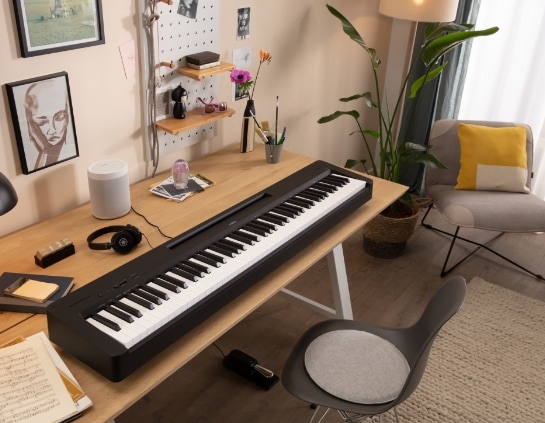
Understanding Your Piano Options
When choosing a piano, the first thing to consider is the type of piano that will best suit your needs. Let’s break down the main types:
• Acoustic Pianos: These are the classic pianos that produce sound through strings and hammers. They offer unparalleled sound quality and a natural playing feel. However, they are large, heavy, and require regular maintenance, such as tuning.
• Digital Pianos: Digital pianos emulate the sound and feel of acoustic pianos but with the convenience of being lighter, more affordable, and maintenance-free. They also come with modern features like headphone jacks, built-in metronomes, and connectivity options for apps.
• Portable Keyboards: These are the most budget-friendly and portable option, ideal for those who are just starting out. However, they might not offer the full range of keys or the weighted feel of an acoustic piano, which can be limiting as you advance.
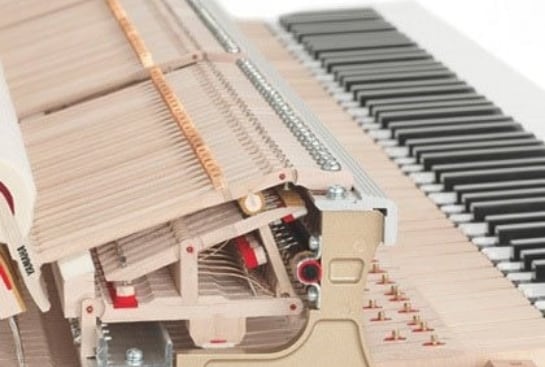
Why Weighted Keys Are Important
One of the key features to look for in a beginner piano is weighted keys. This means the keys will feel heavier in the lower registers and lighter in the higher registers, just like on an acoustic piano. Weighted keys help you develop finger strength and proper technique, which is essential as you progress. For instance, Yamaha’s GHC (Graded Hammer Compact) and GHS (Graded Hammer Standard) keyboards offer this realistic playing experience, making them excellent choices for beginners.
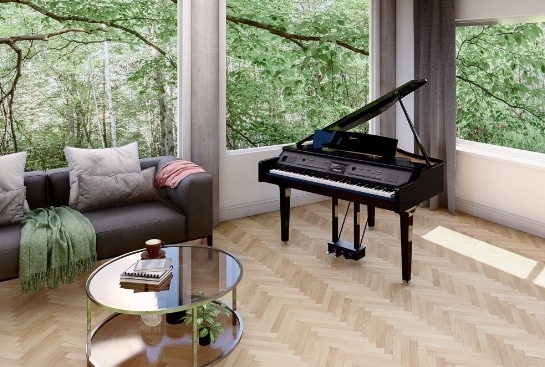
Consider Your Space
Space is a crucial factor when choosing a piano. If you live in a small apartment or don’t have a dedicated room for your piano, size and portability become important considerations:
• Acoustic Upright Pianos: These are larger and heavier, making them more suitable for homes with ample space and a dedicated music area.
• Digital Pianos: These are more compact and can easily fit into smaller spaces. Models like the Yamaha P-145 are specifically designed to be slim and stylish, allowing them to blend seamlessly into any room.
• Portable Keyboards: If space is extremely limited, a portable keyboard might be the best choice. These can be easily stored when not in use, although they may lack some of the features and feel of more advanced instruments.
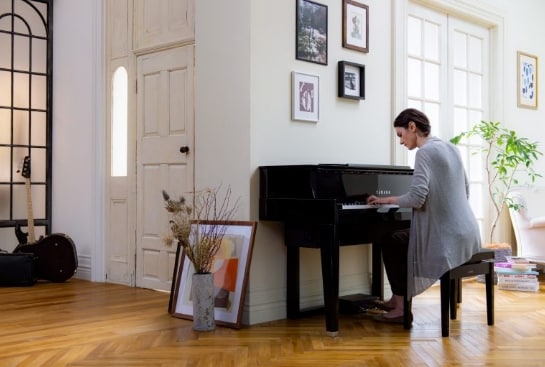
Budget Considerations
Your budget will heavily influence your choice of piano. Here’s a general guide to what you can expect at different price points:
• Entry-Level Keyboards: Priced between $100 and $300, these are great for beginners on a tight budget. However, they may not offer the weighted keys or full range of an acoustic or digital piano.
• Digital Pianos: Falling within the $300 to $1,000 range, digital pianos provide a balance of quality and features. The Yamaha P-145, for example, is a fantastic option that offers a realistic playing feel and high-quality sound without breaking the bank.
• Acoustic Pianos: These start at around $3,000 and can go up to $100,000 or more. While they offer the best in sound and touch, they require a significant investment in both money and space.
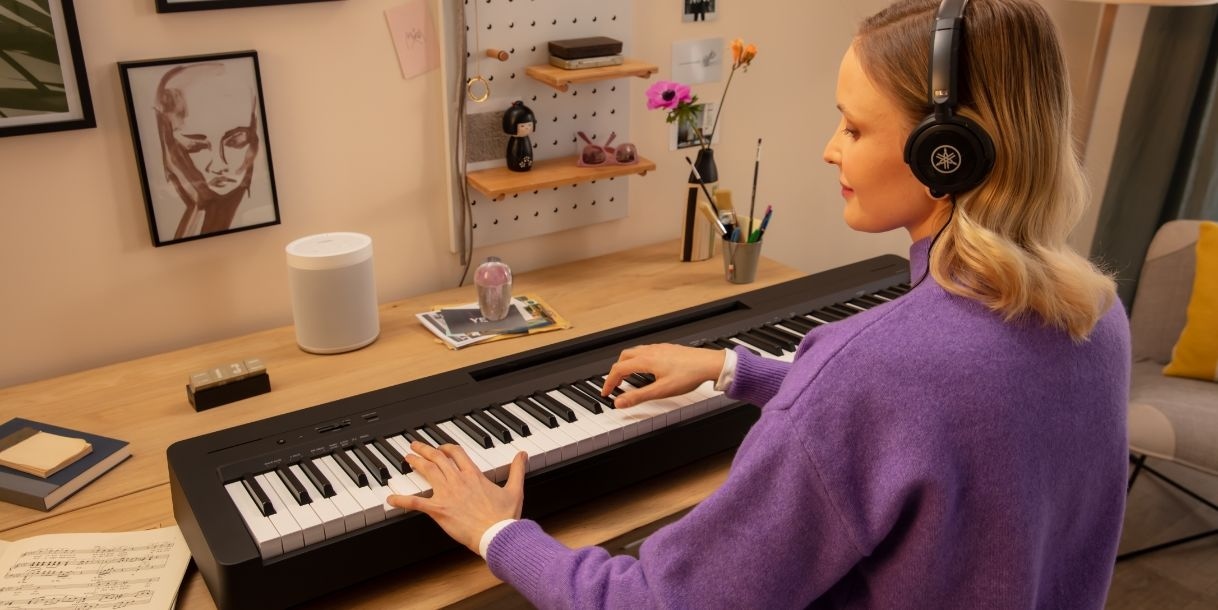
Sound Quality Matters
When you’re choosing a piano, sound quality is one of the most important aspects to consider. The goal is to find a piano that produces a sound you love and that inspires you to play. Digital pianos, like the Yamaha P-145, often feature samples from high-quality acoustic pianos, delivering rich and dynamic sounds that closely mimic the real thing.
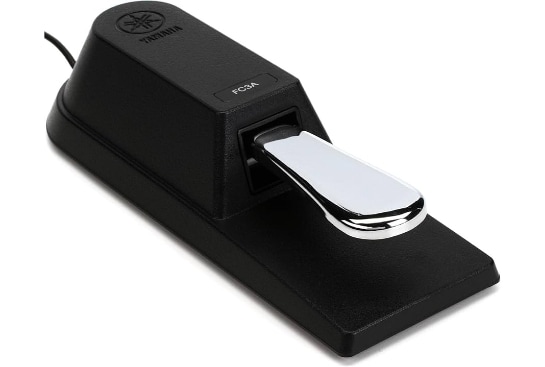
Don’t Overlook the Pedals
Pedals are an essential part of piano playing, especially the sustain (or damper) pedal, which allows notes to ring out after you’ve lifted your fingers off the keys. While acoustic pianos come with built-in pedals, not all digital pianos or keyboards include them. Be sure to check whether the model you’re considering comes with a pedal or if you’ll need to purchase one separately.
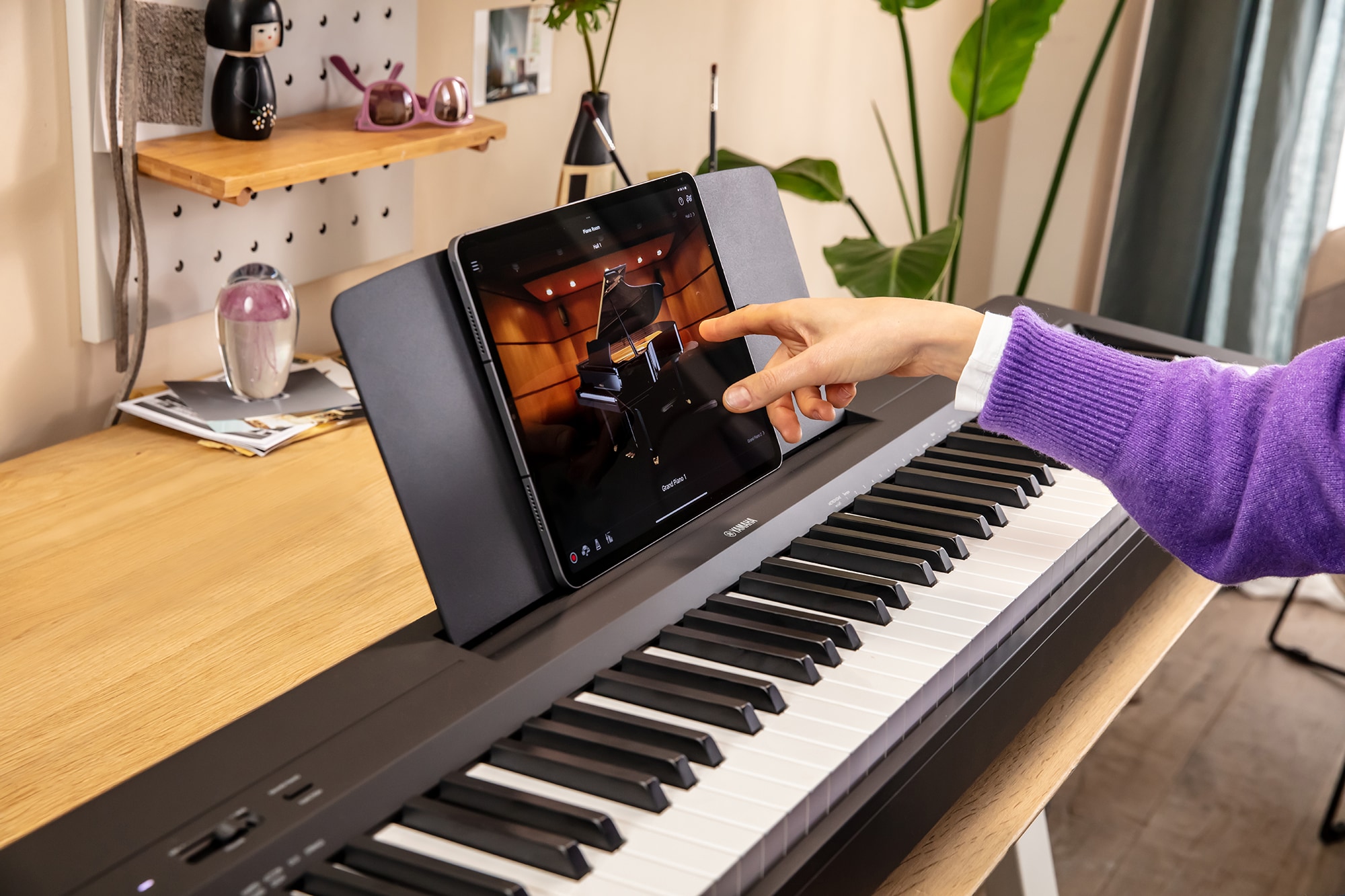
Think About Portability
If you need a piano that you can easily move from place to place—whether it’s from room to room in your house or from home to a music lesson—portability is key. Digital pianos and portable keyboards are much easier to transport than acoustic pianos. The Yamaha P-145, for instance, is lightweight and compact, making it a great option for musicians who are always on the move.
Extra Features for Added Value
Modern digital pianos come with a range of features designed to enhance your playing experience:
• Headphone Jack: This allows you to practice quietly without disturbing others.
• Metronome: A built-in metronome is essential for developing your timing and rhythm.
• Recording Capability: This feature lets you record and listen back to your performances, which is incredibly useful for tracking your progress.
• App Compatibility: Many digital pianos, like the Yamaha P-145, can connect to apps such as Yamaha’s Smart Pianist. This app makes it easy to access a range of features, from adjusting settings to learning new songs.
Choose a Trusted Brand
When you’re investing in a piano, brand reputation is important. Yamaha, for example, has a long-standing reputation for producing reliable, high-quality instruments that offer great value for money. Opting for a well-known brand ensures you’re getting a piano that will stand the test of time.
Think Long-Term
As you choose your first piano, it’s worth thinking about your long-term goals. While it might be tempting to start with the cheapest option, investing in a digital piano with weighted keys and high-quality sound, like the Yamaha P-145, can save you from needing to upgrade too soon. This piano is beginner-friendly but sophisticated enough to grow with you as your skills improve.
Try Before You Buy
Whenever possible, it’s a good idea to try out different pianos before making your final decision. Visit a music store and spend some time playing on a few models. Pay attention to how the keys feel, the sound quality, and how comfortable you are with the instrument. This hands-on experience is invaluable in helping you choose the right piano.
New vs. Used Pianos
While buying a brand-new piano ensures you’re getting the latest technology and a warranty, buying used can be a more budget-friendly option. If you’re considering a used piano, be sure to have it inspected by a professional to ensure it’s in good condition.
Where to Buy
When it’s time to make your purchase, consider buying from a reputable music store where you can receive expert advice and ongoing support. If you prefer to shop online, make sure to check reviews and understand the return policy in case the piano doesn’t meet your expectations.
Essential Accessories
Don’t forget to factor in the cost of essential accessories. A sturdy stand, a comfortable bench, and a good pair of headphones can make a big difference in your practice sessions. These accessories help create a more enjoyable and productive playing environment.
Conclusion: Start Your Musical Journey on the Right Note
Choosing the right piano is a significant step in your musical journey. Whether you go for a compact digital piano like the Yamaha P-145 or a more traditional acoustic piano, the most important thing is to find an instrument that inspires you to play and practice regularly. By considering factors like space, budget, sound quality, and your long-term goals, you can select a piano that will serve you well for years to come.
divider_line
FAQs
1. What type of piano is best for beginners?
A digital piano with weighted keys, such as the Yamaha P-145, is often the best choice for beginners due to its balance of affordability, authentic playing feel, and useful
features.
2. How much should I spend on my first piano?
Beginner pianos can range from RM 500 for basic keyboards to RM 4,000 for higher-quality digital pianos. Your budget should reflect your commitment to learning and
how long you plan to use the instrument.
3. Are digital pianos good for learning?
Yes, digital pianos are excellent for learning. They offer features that help with practice, such as built-in metronomes and recording capabilities, and they never require
tuning.
4. Do I need a piano with weighted keys?
Weighted keys are crucial for developing proper technique and finger strength, making them a highly recommended feature for beginners.
5. Can I learn piano on a keyboard with fewer than 88 keys?
While you can start learning on a smaller keyboard, upgrading to a full 88-key instrument like the Yamaha P-145 will provide a more complete learning experience as
you progress.
6. What are the benefits of app compatibility in digital pianos?
App compatibility, like with Yamaha’s Smart Pianist, offers interactive learning tools, easy access to features, and a more personalized practice experience.

